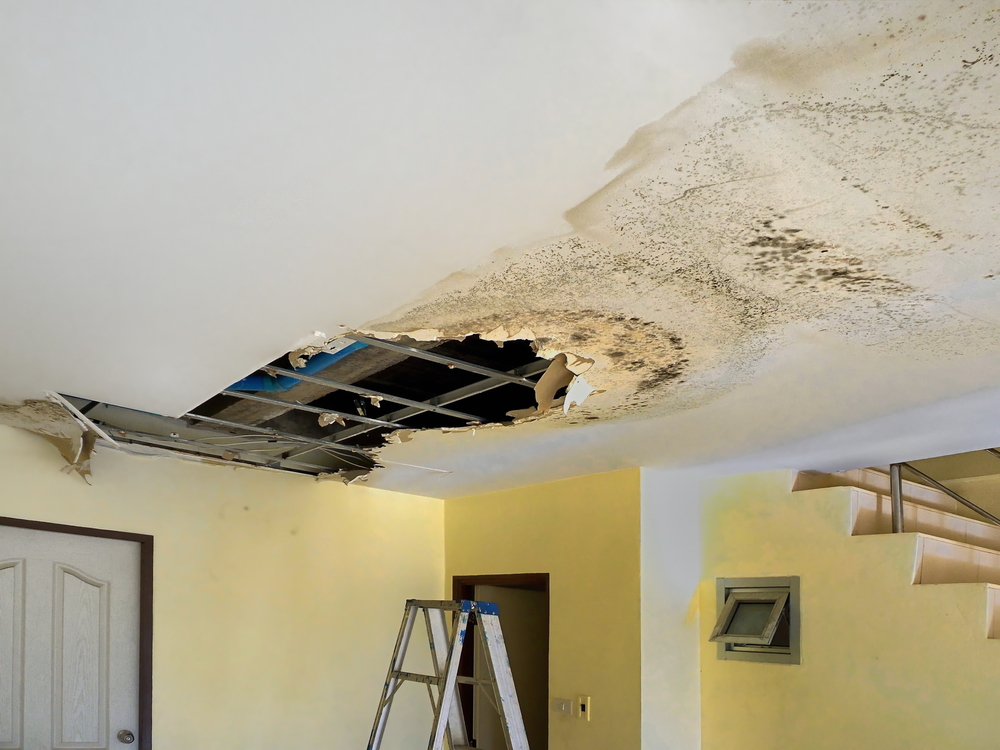6 Ways to Find Concealed Water Leakages in Your Home
6 Ways to Find Concealed Water Leakages in Your Home
Blog Article
The publisher is making several great pointers on Top leak detection hacks overall in this article in the next paragraphs.

Early detection of leaking water lines can alleviate a prospective catastrophe. Some small water leaks might not be noticeable.
1. Take A Look At the Water Meter
Examining it is a surefire method that helps you discover leaks. If it relocates, that indicates a fast-moving leakage. This suggests you might have a slow leakage that could also be underground.
2. Check Water Consumption
Assess your water bills and track your water usage. As the one paying it, you should notice if there are any type of discrepancies. If you spot sudden changes, in spite of your consumption being the same, it indicates that you have leaks in your plumbing system. Remember, your water expense need to drop under the very same range every month. An unexpected spike in your bill indicates a fast-moving leak.
A constant rise every month, also with the very same habits, reveals you have a slow leakage that's also gradually intensifying. Call a plumber to completely examine your building, especially if you really feel a warm area on your floor with piping below.
3. Do a Food Coloring Examination
30% comes from toilets when it comes to water intake. Examination to see if they are running correctly. Decrease specks of food shade in the storage tank and wait 10 minutes. There's a leak in between the tank as well as bowl if the shade in some way infiltrates your bowl throughout that time without flushing.
4. Asses Outside Lines
Do not forget to inspect your outside water lines also. Examination faucets by attaching a garden hose pipe. Should water seep out of the connection, you have a loose rubber gasket. Change this and also make certain all links are limited. It will help get it skillfully checked out as well as preserved every year if you've obtained a sprinkler system. One tiny leakage can squander lots of water and also increase your water bill.
5. Inspect and also Evaluate the Situation
Home owners need to make it a habit to check under the sink counters and also also inside closets for any bad odor or mold and mildew development. These two red flags show a leakage so prompt interest is called for. Doing regular assessments, also bi-annually, can conserve you from a major trouble.
Inspect for stainings and also weakening as many appliances and pipelines have a life expectations. If you presume dripping water lines in your plumbing system, don't wait for it to rise.
Early detection of leaking water lines can minimize a possible catastrophe. Some small water leakages may not be noticeable. Inspecting it is a proven way that assists you uncover leaks. One little leakage can squander loads of water and increase your water costs.
If you suspect dripping water lines in your plumbing system, don't wait for it to intensify.
WARNING SIGNS OF WATER LEAKAGE BEHIND THE WALL
PERSISTENT MUSTY ODORS
As water slowly drips from a leaky pipe inside the wall, flooring and sheetrock stay damp and develop an odor similar to wet cardboard. It generates a musty smell that can help you find hidden leaks.
MOLD IN UNUSUAL AREAS
Mold usually grows in wet areas like kitchens, baths and laundry rooms. If you spot the stuff on walls or baseboards in other rooms of the house, it’s a good indicator of undetected water leaks.
STAINS THAT GROW
When mold thrives around a leaky pipe, it sometimes takes hold on the inside surface of the affected wall. A growing stain on otherwise clean sheetrock is often your sign of a hidden plumbing problem.
PEELING OR BUBBLING WALLPAPER / PAINT
This clue is easy to miss in rooms that don’t get much use. When you see wallpaper separating along seams or paint bubbling or flaking off the wall, blame sheetrock that stays wet because of an undetected leak.
BUCKLED CEILINGS AND STAINED FLOORS
If ceilings or floors in bathrooms, kitchens or laundry areas develop structural problems, don’t rule out constant damp inside the walls. Wet sheetrock can affect adjacent framing, flooring and ceilings.
https://www.servicemasterbyzaba.com/blog/how-to-detect-water-leakage-in-walls/

We had been shown that write-up on Hacks to detect leaks through someone on a different web property. Sharing is good. One never knows, you could be helping someone out. Thank you so much for your time spent reading it.
Report this page